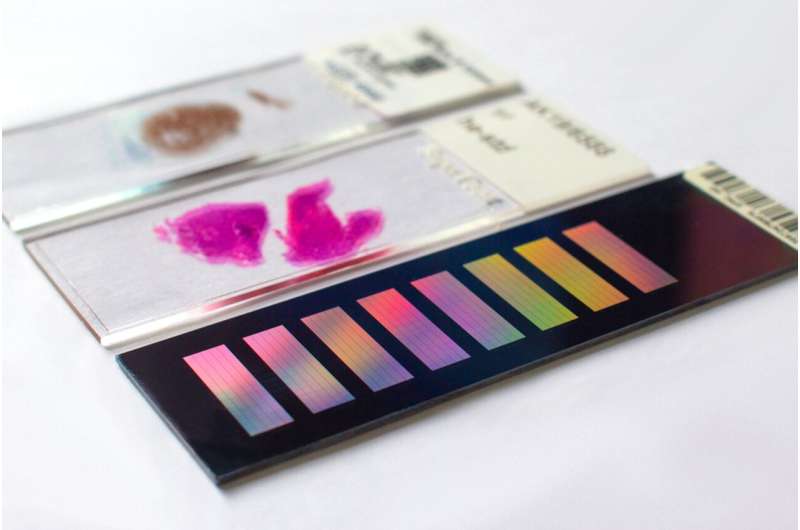Home » Health News »
AI facilitates breakthrough in sinonasal cancer diagnostics

Although tumors in the nasal cavity and the paranasal sinus are confined to a small space, they encompass a very broad spectrum with many tumor types. As they often do not exhibit any specific pattern or appearance, they are difficult to diagnose. This applies especially to so-called sinonasal undifferentiated carcinomas (SNUCs).
Now a team led by Dr. Philipp Jurmeister and Prof. Frederick Klauschen from the Institute of Pathology at LMU and Prof. David Capper from Charité University Hospital as well as the German Cancer Consortium (DKTK) ), partner sites Munich and Berlin, has achieved a decisive improvement in diagnostics.
The team developed an AI tool that reliably distinguishes tumors on the basis of chemical DNA modifications and assigns the SNUCs, which the methods available before now have been unable to distinguish, to four clearly distinct groups. This breakthrough could open up new opportunities for targeted therapies.
Tumor-specific DNA modifications
Chemical modifications in DNA play a vital role in the regulation of gene activity. This includes DNA methylation, whereby an extra methyl group is added to the DNA building blocks. In earlier studies, the scientists had already demonstrated that the methylation pattern of the genome is specific for different tumor types, because it can be traced back to the tumor’s cell of origin.
“On this basis, we’ve now recorded the DNA methylation patterns of almost 400 tumors in the nasal cavity and paranasal sinus,” says Capper. Thanks to an extensive international collaboration, the researchers managed to compile such a large number of samples even though these tumors are rare and comprise only about four percent of all malignant tumors in the nose and throat area.
Four tumor groups with different prognoses
For the analysis of the DNA methylation data, the researchers have developed an AI model that assigns the tumors to different classes. “Due to the large volumes of data involved, machine learning methods are indispensable,” says Jurmeister. “To actually recognize patterns, we had to evaluate several thousand methylation positions in our study.” This revealed that SNUCs can be classified into four groups, which also differ in terms of further molecular characteristics.
Furthermore, these results are clinically relevant, as the various groups have different prognoses. “One group takes a surprisingly good course, for example, even though the tumors look very aggressive under the microscope,” says Klauschen. “Whereas another group has a poor prognosis.” On the basis of the molecular characteristics of the groups, researchers may also be able to develop targeted new therapy approaches in the future.
The paper is published in the journal Nature Communications.
More information:
Philipp Jurmeister et al, DNA methylation-based classification of sinonasal tumors, Nature Communications (2022). DOI: 10.1038/s41467-022-34815-3
Journal information:
Nature Communications
Source: Read Full Article


